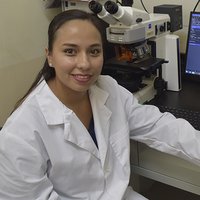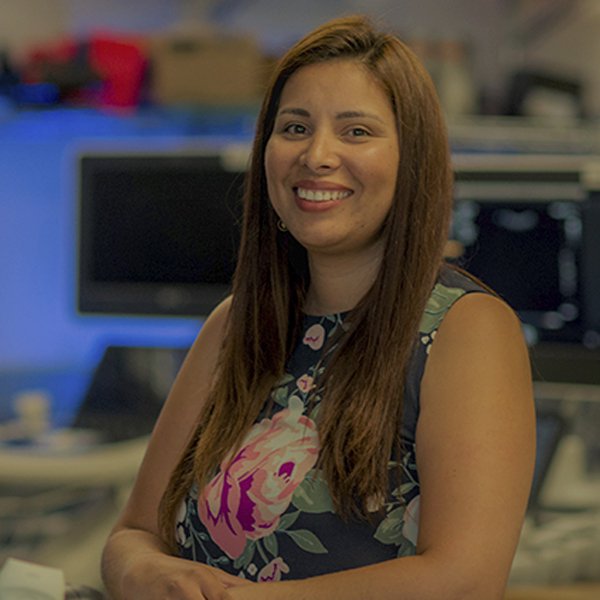About 30,000 people die each year
from liver cirrhosis in the United States alone. This chronic disease, a
consequence of viral infections (hepatitis C, hepatitis B), obesity or
alcoholism, is characterized by the progressive replacement of healthy liver
tissue by fibrous scar tissue which is unable to fulfill its function.
Extracting a piece of liver to analyze its structure is the most reliable
technique for diagnosing and monitoring the progression of fibrosis. These
biopsies are painful and invasive, and can cause internal bleeding. The current
alternatives to this procedure are expensive or inaccurate. Colombian
biomedical engineer Carolina Amador wanted to find a solution for this issue,
and to do this she has developed a technique that could eradicate biopsies
forever. Based on this innovation Salazar has been chosen as one of Innovators
Under 35 Latin America 2017 winners by the MIT Technology Review, Spanish
edition.
Alternatives to biopsy focus on measuring the elastic properties of liver
tissue, a technique known as elastography. "By measuring the wave
propagation speed, one can determine if the tissue is soft or hard,"
explains Amador. As the liver becomes more fibrous, its elastic properties
change, consequently a non-invasive measurement could end the need for biopsies
to confirm the disease.
This can be carried out in two ways: either by the use of ultrasound or by
magnetic resonance. Although the second is more accurate, it is also expensive
and not widely accessible. Whereas the ultrasonic technique is cheaper and
easier to perform, the problem "is that it is very sensitive to variations
in the handling of the device," explains the Colombian innovator.
Apparatus from different providers, managed by different technicians, or based
on different mathematical models, yield different results, even used to test
the same patient. "Contradictory results are impeding acceptance of the
technique," continues Amador.
To avoid these disparities, Amador’s has worked to establish a standard
technique so that the diagnostic results are always reliable. Her endeavor
could become a safe, effective and economical alternative to liver biopsies.
Her method, Acoustic Radiation Force Induced Creep-Recovery (ARFICR), measures
viscosity and elasticity independent of the mathematical model. In addition,
the ultrasonic signal used has a greater amplitude and a lower signal-to-noise
ratio than other ones, which makes it more accurate. "ARFICR can be
implemented simply by modifying the software," adds Amador.
The young woman is convinced that "in ten years we can eliminate liver
biopsies." For this reason, in addition to her current position at Philips
North America research laboratory, she is continuing her research at the Mayo
Clinic. The next steps include demonstrating that her technique offers less
variability than alternatives in a clinical trial and convincing the medical
community to use it instead of the more expensive magnetic resonance
elastography or invasive and dangerous biopsies.
Juan Sebastián Osorio, Director of Education at Gemedco, who in 2012 was a
winner of both the global and the regional Colombian edition of 35 Innovators
Under 35, highlights Amador’s development trajectory which has included patent
grants and several articles published in scientific journals. The Innovators
Under 35 Latin America 2017 jury member values the young woman's potential to
"translate her research into practice", as well as her relationship
with the Mayo Clinic, a pioneer in this area and a global leader in medical
research.




